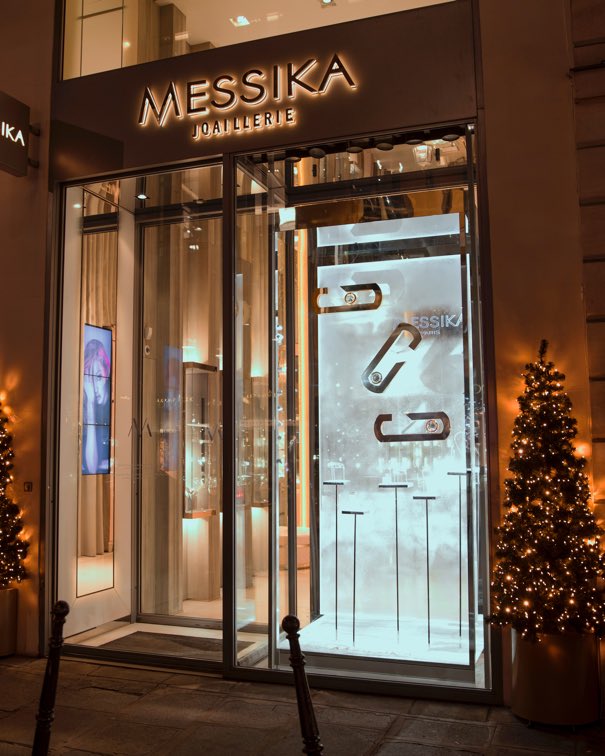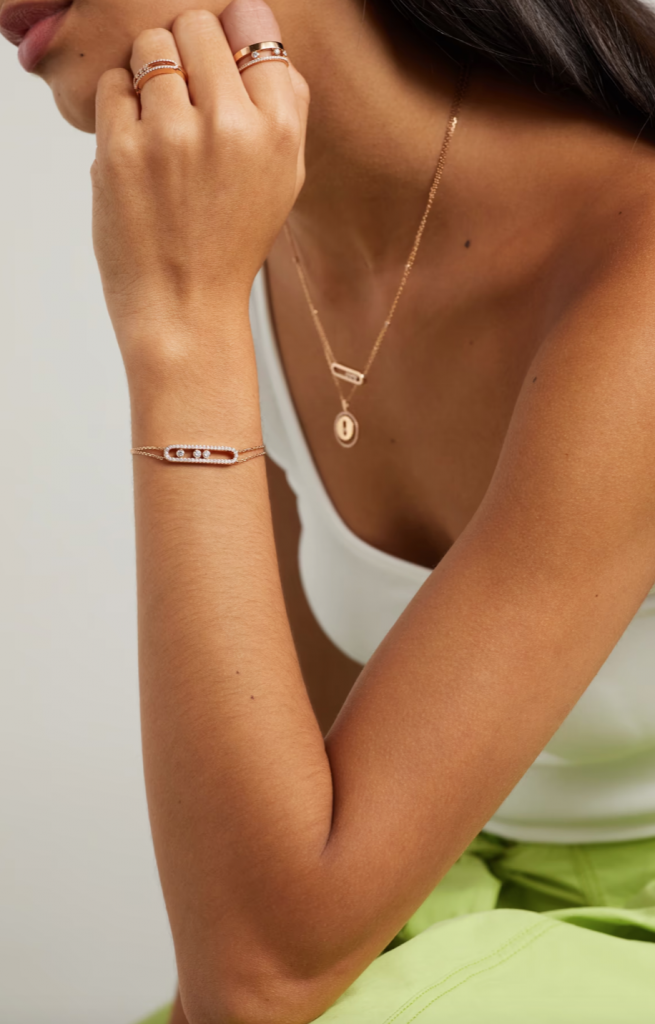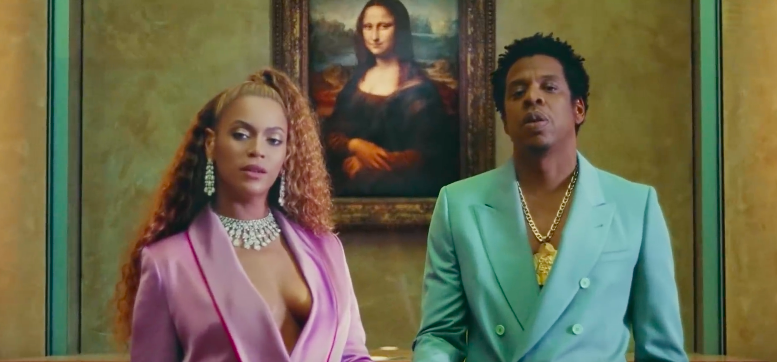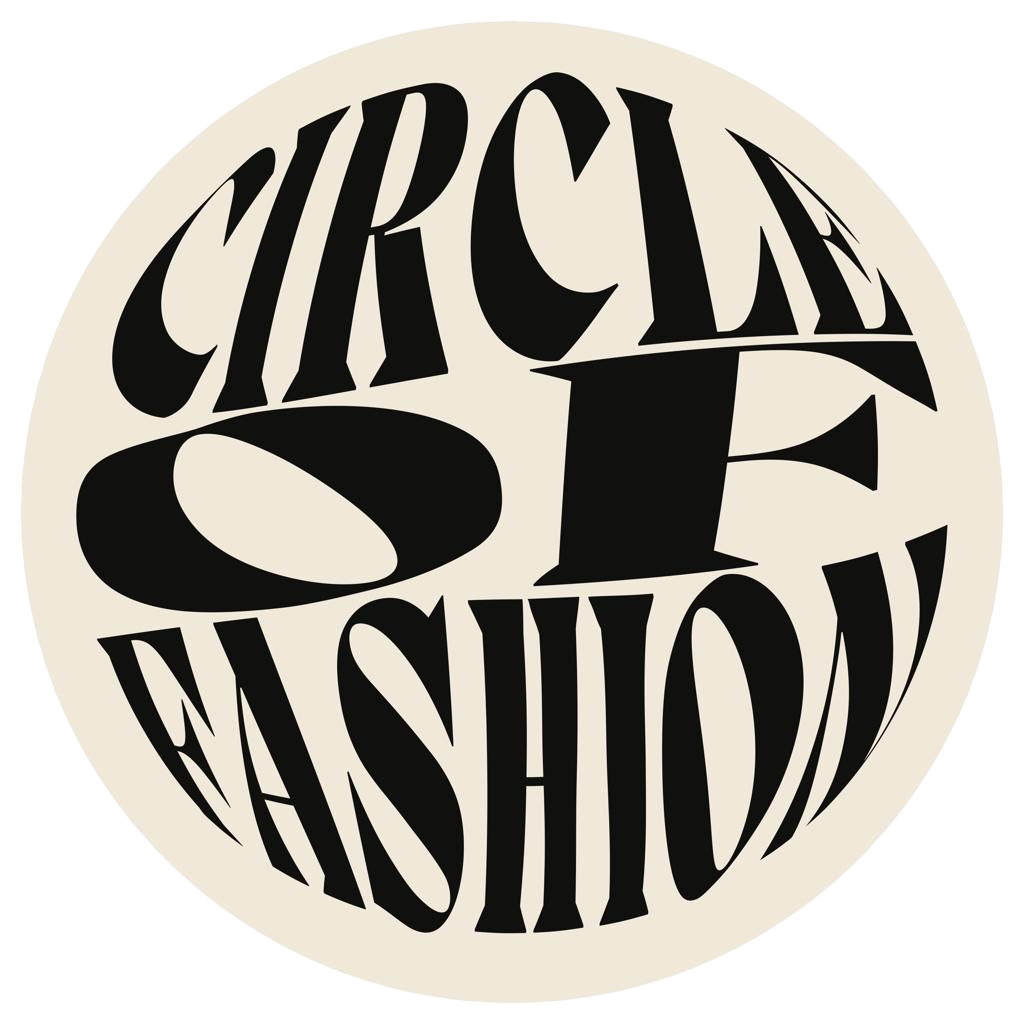written by Thelma Gauthier
Edited by Leah Gilbert
The Story Behind the Brand
Valérie Messika, born into a French-Tunisian family, is the daughter of a renowned diamond dealer, André Messika. In 2005, at just 22 years old, she decided to launch her self-titled brand, Messika, after having been immersed in the world of diamonds from an early age. Through her studies in communications and work as an assistant in the jewelry and watchmaking department at Chanel, Messika gained the knowledge and experience to bring her vision to life. Armed with determination, she aimed to establish her name in the exclusive jewelry scene of Paris’ Place Vendôme. The first Messika boutique opened on Rue Saint-Honoré, just steps away from the iconic square, where she quickly joined the ranks of prestigious designers.


Diamonds are at the heart of Messika’s creations, a tribute to Valérie’s family history. In centering her jewelry around this precious stone, she creates pieces that highlight its brilliance. One of the brand’s signature designs is its “Move” collection, which includes bracelets, rings, earrings, and necklaces. This design incorporates a diamond encased in a gold frame that moves freely with the wearer’s gestures, symbolizing fluidity and elegance.
Messika is also known for its reinterpretation of the classic “Toi et Moi” ring, a design popular in the early 20th century for engagement rings. Traditionally, this ring features two stones facing each other, representing a couple’s two distinct entities. Messika’s version modernizes this concept, matching a pear-shaped diamond with a square-cut diamond and connecting them with a pavé band. This updated design brings a bold, glamorous edge to a style that had previously been overlooked by many jewelry houses.
Messika sets itself apart from the minimalistic designs of other luxury brands like Cartier’s “Love,” “Trinity,” and “Juste un Clou” collections, which are known for their clean lines. Instead, Messika embraces sophistication and high jewelry meant to be worn every day.

 Over the past 15 years, Messika’s rapid success can be attributed to its strong communication strategy. A major turning point for the brand came in 2014 when Beyoncé visited Paris and spotted a Messika diamond phalanx ring in a shop window. The brand gifted her the piece, and she soon began consistently wearing Messika’s creations, propelling the brand into the international spotlight. Messika was even featured in Beyoncé and Jay-Z’s “Apeshit” music video, which was filmed at the Louvre in Paris. This placement further highlights the brand’s dual identity—rooted in Parisian elegance yet appealing to mainstream international stars. In 2016, Gigi Hadid was selected as the new face of Messika, specifically representing the brand’s iconic Move collection. More recently, the brand has aimed to position itself as both timeless and intergenerational. To achieve this positioning, Messika enlisted supermodel Kate Moss, a 90s icon, to help expand its appeal.
Over the past 15 years, Messika’s rapid success can be attributed to its strong communication strategy. A major turning point for the brand came in 2014 when Beyoncé visited Paris and spotted a Messika diamond phalanx ring in a shop window. The brand gifted her the piece, and she soon began consistently wearing Messika’s creations, propelling the brand into the international spotlight. Messika was even featured in Beyoncé and Jay-Z’s “Apeshit” music video, which was filmed at the Louvre in Paris. This placement further highlights the brand’s dual identity—rooted in Parisian elegance yet appealing to mainstream international stars. In 2016, Gigi Hadid was selected as the new face of Messika, specifically representing the brand’s iconic Move collection. More recently, the brand has aimed to position itself as both timeless and intergenerational. To achieve this positioning, Messika enlisted supermodel Kate Moss, a 90s icon, to help expand its appeal.

Communication has been key to the brand’s growth, allowing it to expand to over 200 employees and ensure control of its raw materials through a dedicated executive committee. Forbes estimates the brand’s annual revenue at €115 million. Messika is known globally, with 17 boutiques in Asia, as well as a strong presence in the Middle East, however, France remains the brand’s largest market. With 75 boutiques, 20 corners, and 500 retailers worldwide, located in the trendiest places such as St. Tropez , Osaka, Beijing, and Dubai, Messika has firmly established itself as a global jewelry powerhouse. Like many luxury houses during their rise to popularity, the increase in Messika’s prices has been striking. In 2021, the entry-level Move diamond ring was priced at around €900, now, it costs €1,260 — a similar pattern as seen with Cartier’s classic rings’ pricing. This trend reflects the increasing exclusivity of luxury goods, maintaining an ever-growing desire for these coveted pieces.

Messika’s ambition is to secure a permanent place among the elite jewelry houses, making waves with its disruptive designs in contrast to the simpler, non-diamond-focused (at least at entry-level) collections of well-established brands. Whether Messika’s original approach will continue to thrive or the jewelry industry will move toward a more uniform landscape dominated by the likes of Rolex, Cartier, and Van Cleef & Arpels remains to be seen.
